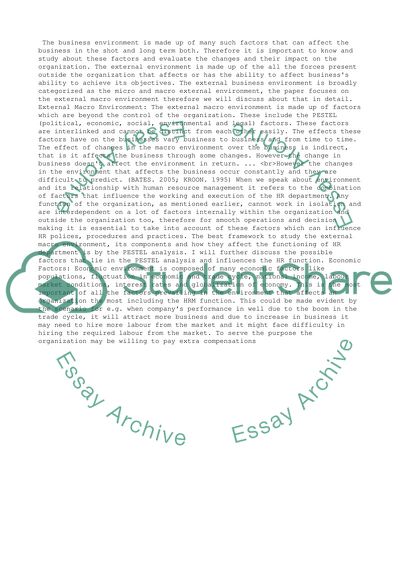Cite this document
(“Why it is necessary for HR practitioners to monitor the external macro Essay”, n.d.)
Retrieved from https://studentshare.org/business/1449847-define-the-term-ypexternal-macro-environmenty-and
Retrieved from https://studentshare.org/business/1449847-define-the-term-ypexternal-macro-environmenty-and
(Why It Is Necessary for HR Practitioners to Monitor the External Macro Essay)
https://studentshare.org/business/1449847-define-the-term-ypexternal-macro-environmenty-and.
https://studentshare.org/business/1449847-define-the-term-ypexternal-macro-environmenty-and.
“Why It Is Necessary for HR Practitioners to Monitor the External Macro Essay”, n.d. https://studentshare.org/business/1449847-define-the-term-ypexternal-macro-environmenty-and.


